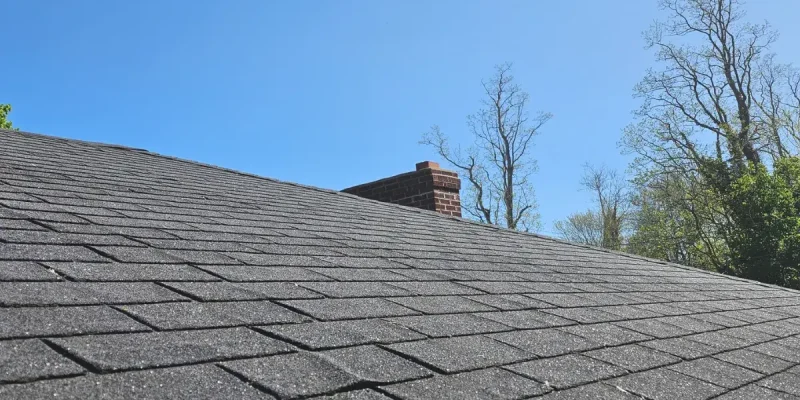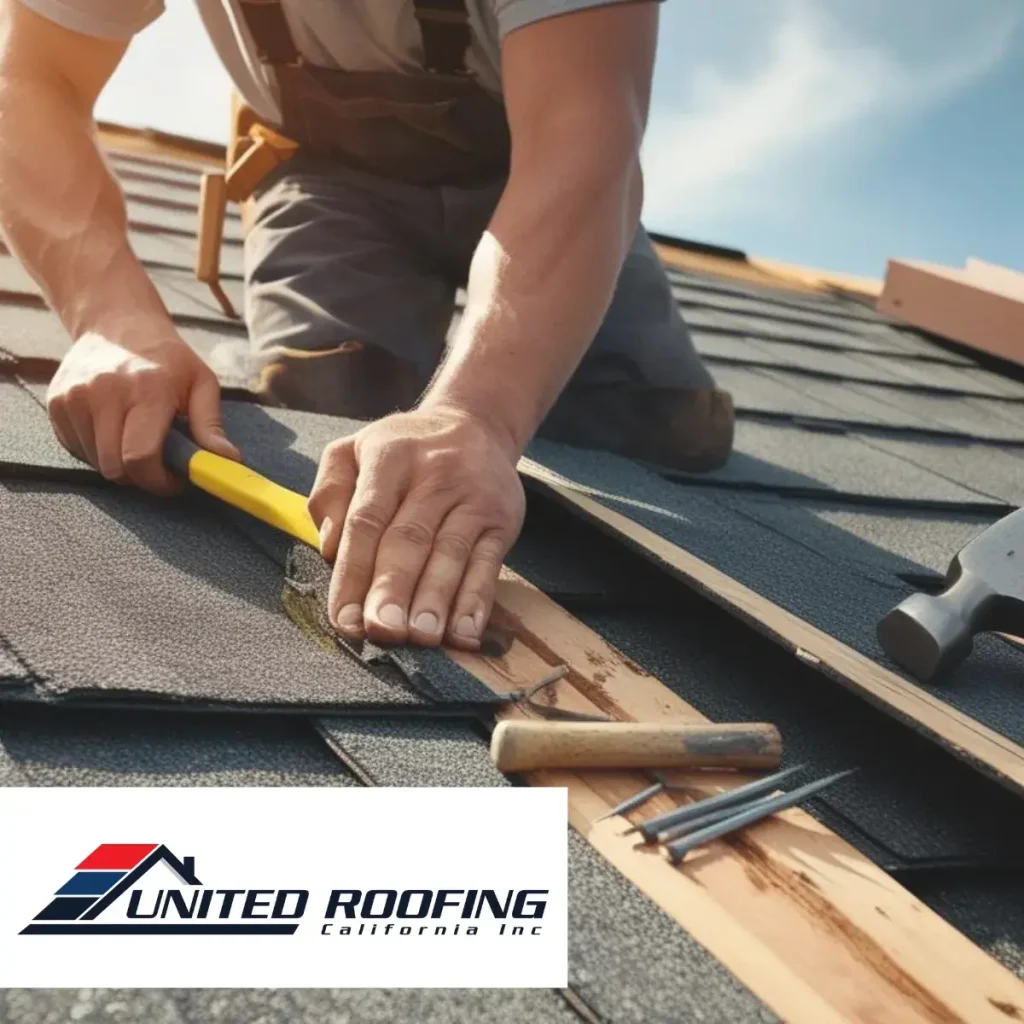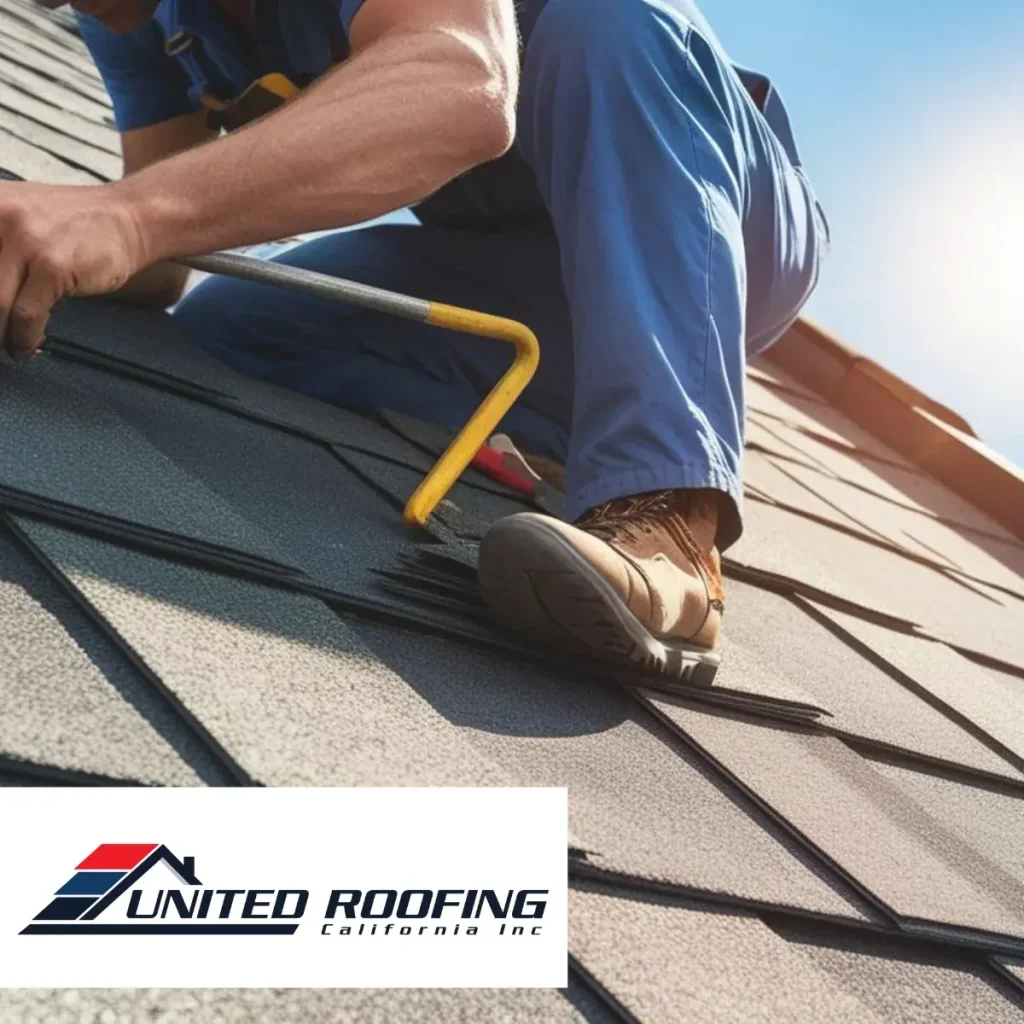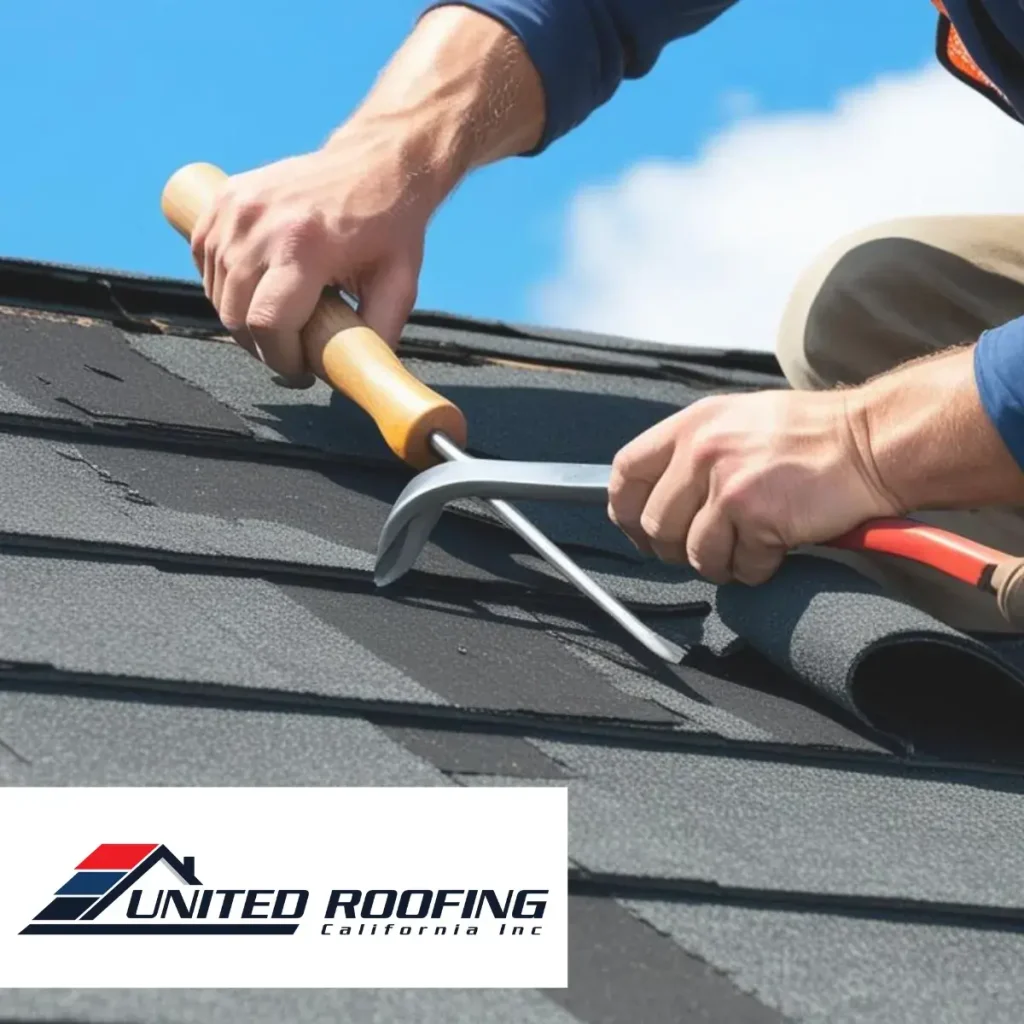Replacing a roof on a commercial property is a significant investment that requires careful preparation. Ensuring a smooth installation process not only helps protect the building but also minimizes disruptions to business operations. Proper planning allows for a more efficient project timeline, enhances workplace safety, and ensures long-term durability. Business owners who take proactive steps before installation day can prevent unexpected delays and costly mistakes.
Assessing the Existing Roof and Structural Integrity
Before any installation begins, evaluating the current condition of the roof is essential. A professional inspection identifies potential concerns such as leaks, structural weaknesses, or moisture buildup. Addressing these issues beforehand ensures a solid foundation for the new roofing system.
Understanding the specific requirements of the new roof is equally important. Different materials, from TPO and EPDM to metal and modified bitumen, have unique installation processes. Selecting the right materials based on climate, energy efficiency, and durability needs will maximize the roof’s lifespan and performance. Consulting with a commercial roofing expert helps business owners make informed decisions regarding the best solution for their property.
Coordinating with Contractors and Business Operations
Scheduling the installation at an optimal time minimizes disruptions to daily business activities. Some companies opt for weekend or after-hours work, while others coordinate phased installations to keep operations running smoothly. Open communication with employees, tenants, and customers ensures everyone is aware of the project timeline and any temporary inconveniences.
Establishing a plan with the roofing contractor streamlines the process. Business owners should confirm details such as material deliveries, safety measures, and estimated project duration. Ensuring compliance with local building codes and obtaining necessary permits prevents unnecessary delays. A well-structured schedule keeps the installation on track and reduces unexpected complications.
Protecting Interior Spaces and Surrounding Areas
Roofing projects can generate dust, noise, and vibrations, making it crucial to safeguard equipment, inventory, and office interiors. Covering sensitive machinery, relocating important documents, and sealing off workspaces help prevent damage during construction. In areas with high foot traffic, posting safety notices and restricting access to affected zones enhances overall security.
Exterior preparation is equally important. Moving vehicles, dumpsters, and outdoor furniture away from the worksite creates a clear space for roofing crews to operate efficiently. Establishing designated staging areas for materials and tools reduces clutter and prevents potential hazards. A well-prepared environment ensures a seamless workflow while protecting assets from accidental damage.
Ensuring Post-Installation Maintenance and Inspections
Once the new roof is installed, regular inspections and maintenance play a vital role in maximizing its longevity. Business owners should schedule periodic evaluations to check for minor wear and tear before issues escalate into costly repairs. Keeping drainage systems clear, monitoring for signs of damage, and addressing minor concerns promptly ensures the roof remains in optimal condition.
Partnering with a trusted commercial roofing provider allows businesses to receive ongoing support and maintenance recommendations. Proactive care not only extends the lifespan of the roofing system but also helps maintain energy efficiency and weather resistance for years to come.
Preparing a commercial building for a new roof installation involves careful planning, strategic coordination, and proactive protection. Taking the right steps before and after the project ensures a smooth process, minimizes disruptions, and safeguards the long-term integrity of the property. With a well-executed plan, businesses can enjoy a durable, efficient roofing system that meets both operational and structural needs.
Learn More
Common Mistakes to Avoid During a New Commercial Roof Installation
New Commercial Roofing Installation: A Step-by-Step Guide for Business Owners





